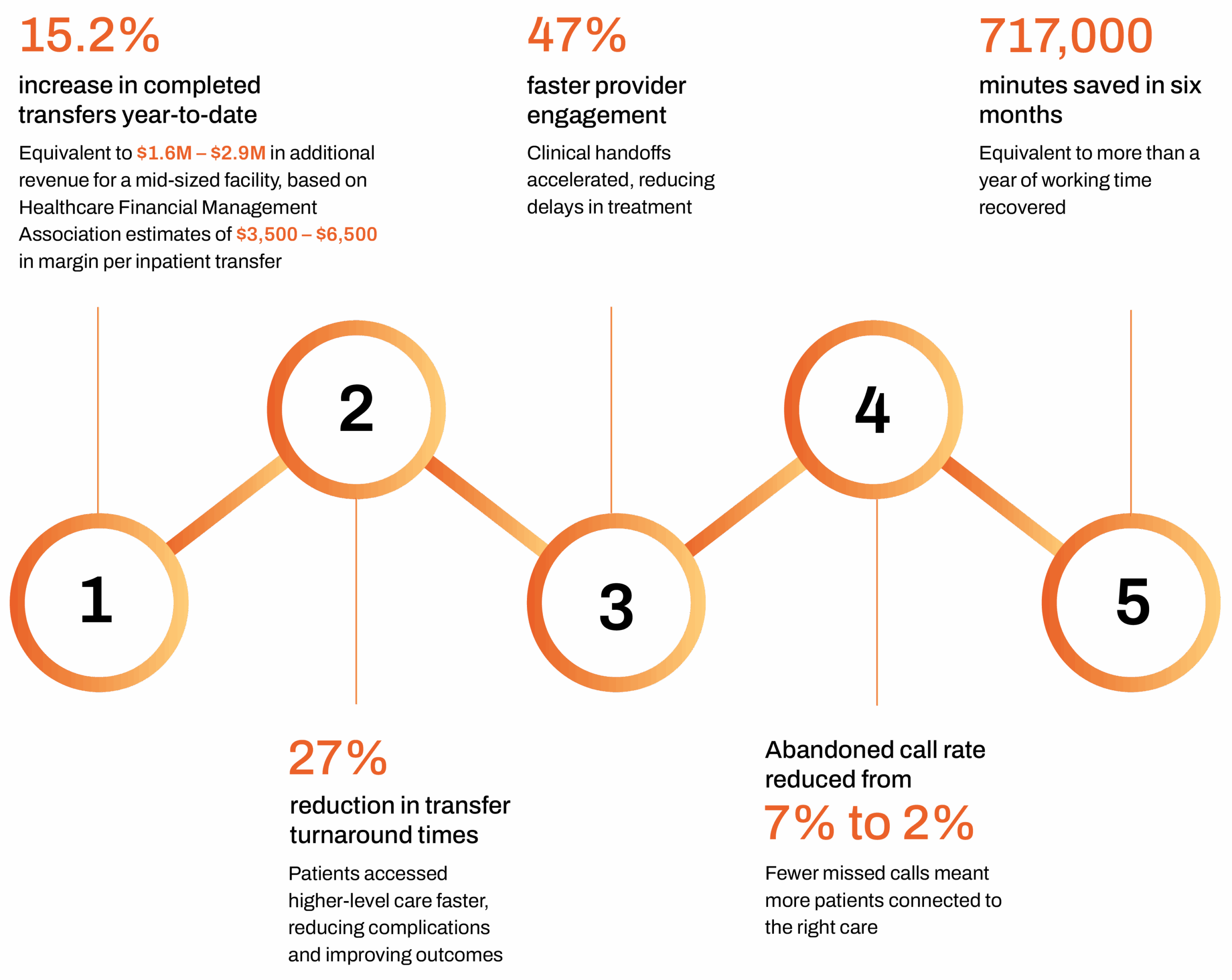Technology equality can be found in the cloud
Picture this: Like most of his peers, 11th-grader Johnny engages with his community and shares his world through videos posted to his TikTok account, Instagram, and his own YouTube channel. He’s not so engaged in the classroom, though.
His teachers can leverage his interest in making videos to create powerful, engaging classroom experiences, though—if they have the right technology. Sixty-second clips captured on Johnny’s phone, without any editing, really doesn’t do the job for teachers looking to get a feel for Johnny’s understanding of and critical thinking about the Green Revolution (for example).
For video to be truly effective as a teaching tool, Johnny needs video-editing features that allow him to create images, and intersperse clips, text, audio, and music while creating multi-scene masterpieces about the impact of increasing production of food grains.
Unfortunately, Johnny can’t afford the high-end computers that can run such software. The entry-level computer he owns just isn’t equipped for that level of local video development and editing. And forget collaborating on a video—that would require him to save the file, put in in the cloud and share the link with a peer in an email, or put it on a portable thumb drive and hand it off to the other student.
Johnny’s science teacher, meanwhile, is justifiably concerned about the software used to create the videos. Not all of it is built for educational compliance. Some store and share user information. While she has a few high-end computers that can run the editing software, she has many more students, so she has to limit how long students can be working on their video project in class.
So, while using video in the classroom is a great way to enhance the four Cs approach, there are limited options for actually creating the videos—and even those can be problematic.
Well, maybe not. Using WeVideo’s cloud-based app, combined with downloadable mobile apps, Johnny’s teacher can deploy a common digital foundation for creating, editing, and viewing videos. WeVideo is an easy-to-use, online, cloud-based video editing platform that works in web browsers and mobile devices. Because it’s a cloud-based solution, Johnny just needs a license, not the physical software, to get all the video capability of a PC on a Chromebook. And Johnny’s projects are stored securely in the cloud, which—besides protecting the project from a hardware failure—also facilitates real-time collaboration.
A little more about WeVideo
WeVideo offers teachers a way to consistently maintain engagement with students while at the same time honing students’ skills in critical competencies like communication, innovation, collaboration, critical thinking, and community building.
During the COVID-19 pandemic, teachers are striving to maintain continuity in education, but many aren’t accepting hard copy assignments. Instead, they’re giving students more freedom to choose how to structure their projects. One of the favorites for today’s students is video projects. (Along with creating digital books.) And when teachers give students that freedom, the results can blow you away.
WeVideo offers the same experience in an in-person classroom setting as in a remote setting, which makes it a great solution for creating a seamless learning experience regardless of where students are learning and what instruction model you’re using. Lenovo is committed to helping schools ensure educational continuity, which is why we partnered with WeVideo.
WeVideo includes project templates; collaboration tools; a built-in media library with licensed and royalty-free images, video, and music clips; and secure access and storage in the cloud. Students can drag and drop video elements; arrange, trim, and splice clips together; add text and audio; stylize their video using a WeVideo theme; then export and sync it through the cloud. With the click of a button, they can share the final product on WeVideo.com, YouTube, Facebook, and Twitter.
There’s a simplified version with just one timeline to edit for younger students. Older students like Johnny can have an unlimited number of video and audio layers, allowing them to create elaborate videos with tight editing for concise storytelling.
WeVideo is easy to learn, but if Johnny and his peers get stuck while building their videos, they can turn to the one- to three-minute online videos and on-demand webinars on the WeVideo website that give users more details about using advanced features.
Easy to use and compliant with privacy requirements
WeVideo promotes deeper learning while making it fun and easy for Johnny and his peers to safely express their ideas with creativity and authenticity. It’s easy to learn, and It works with Google Classroom, and provisioning and managing WeVideo is easy for administrators through the Google Admin Console.
Because it’s compliant with privacy regulations, WeVideo ensures a safe cloud environment for student content and collaboration. To ensure student privacy, no data about Johnny (or any other student anywhere) is collected, stored, or shared. School account administrators can control student memberships, how they can share projects and their media, and what other activities they interact with among each other.
Now, Johnny is just as engaged in learning about the Green Revolution as he is in crafting a dance to the latest trending song. That’s a pretty good story, we at Lenovo think.
To see how other educators are using WeVideo to help students find their voice, check out our Unlocking Student Creativity playbook, part of Lenovo’s educational continuity resources.
Contact us at sales@bridgeteksolutions.com for more information.






